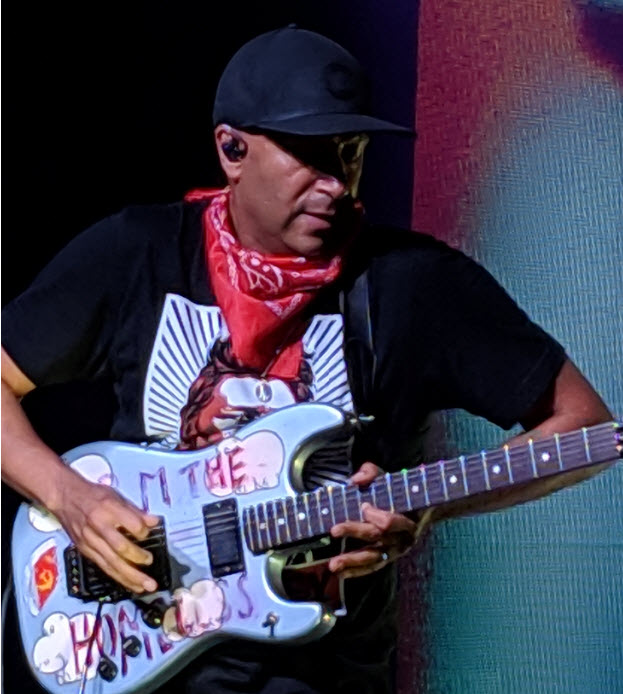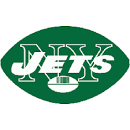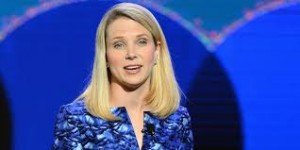Love What You Do.
I went to see Tom Morello last night at the Orange Peel in Asheville – his third visit. By the evening’s end I was 8 feet from the stage. I’d seen Tom at Jones Beach, the Garden, Randall’s Island and the City Winery – the latter from maybe 30 yards away.
The man can play guitar. At one point he pulled the amplifier jack out, held it over his head and banged it against his hand. Didn’t know you could make music that way. Every song was amazing but The Ghost of Tom Joad may have delivered the night in terms of tone.
Tom has always been an angry advocate for the working class. He hates racism. Jeers the 1%. And cheers equality at every level. Tom sees these things as his mission. And music is his vehicle. Up close you can see Tom, at this age, loves what he does. You can see it on his face. I’m on record as believing “A musician is never more in touch with his/her art then when standing in front of an audience.” This goes both ways with Tom Morello. Audiences are never more in touch with their humanity then when in front of The Nightwatchman.
If you do what you love for a living, you are giving back. I love brand planning and I’m using it to give back. Changing minds for the positive, one lyric at a time. Do what you love, if you can.
Peace.











